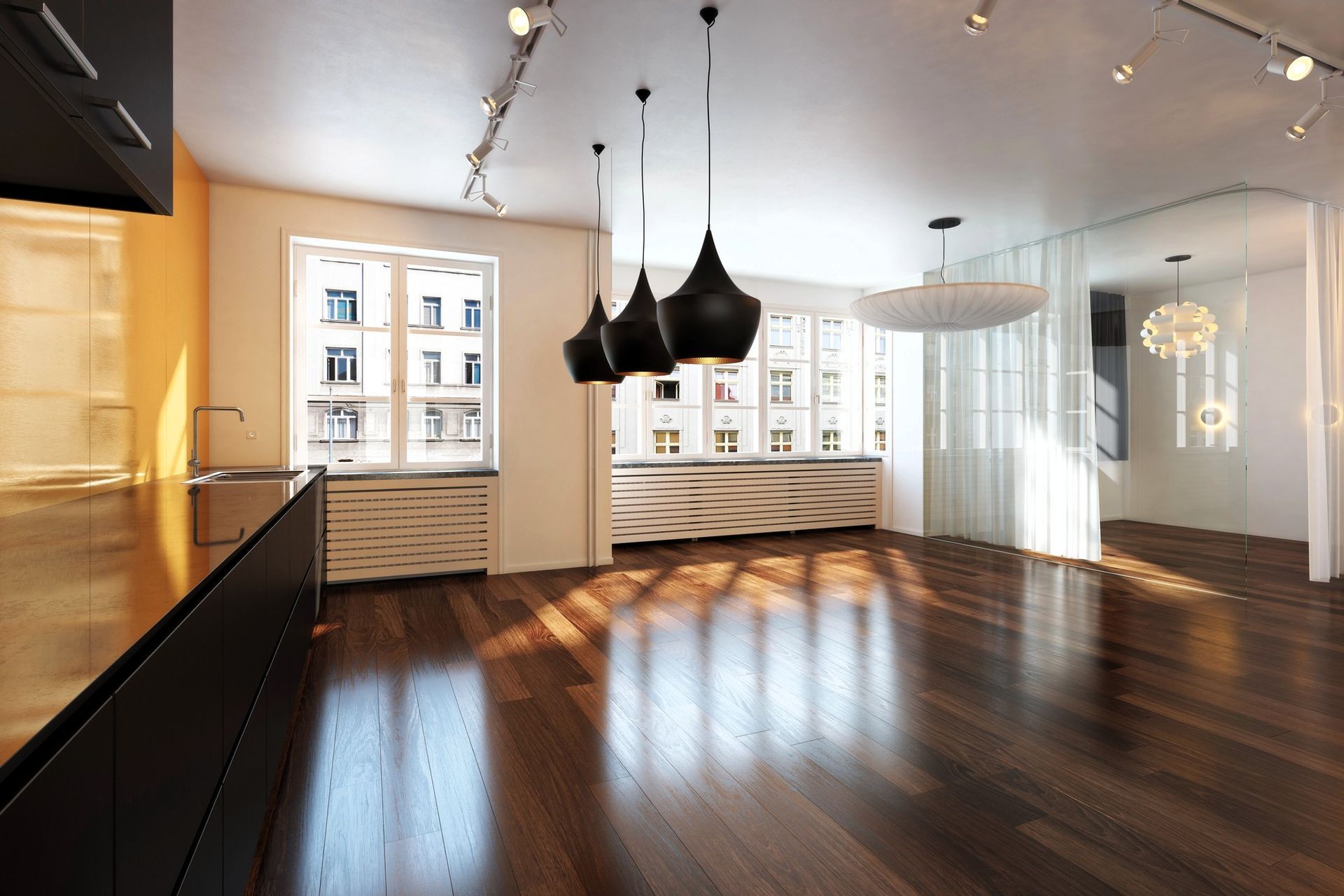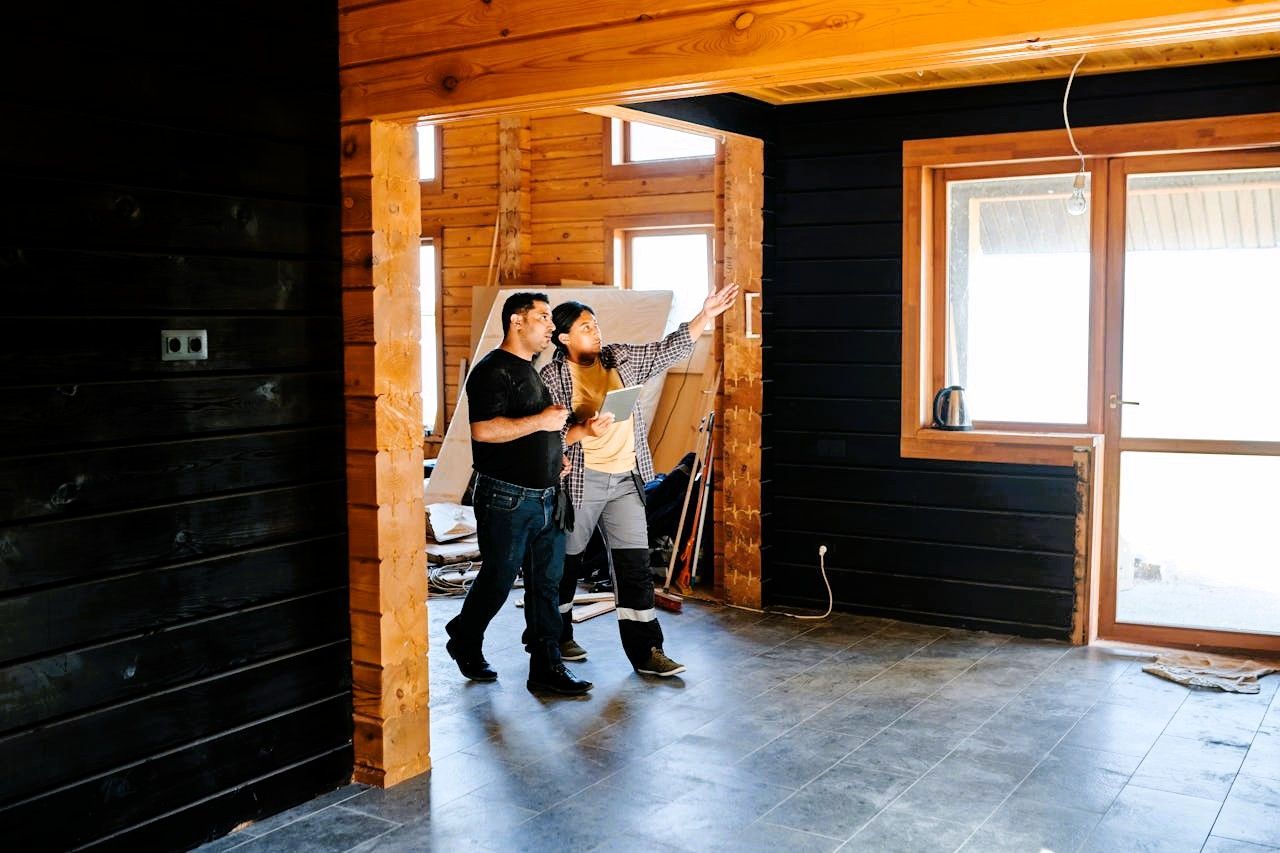10 Eye-Opening Things You Need to Know About Painting Floors
Protect your floors and make them look good in one move.

Painting floors is one of the most popular DIY projects people take on. It's also one of the easiest to mess up, which explains why so many homeowners end up with paint that never dries or peels off in sheets.
To avoid this, you must know a few things before you start painting your floor. Here are 10 things nobody tells you about painting floors:
1. You’ll need an escape plan.
You must plan when painting floors. The most important thing to do before starting a paint job is to make sure you have a way out. The last thing you want is to be stuck without an escape route! It’s easier said than done, but never start a paint job if you can’t finish it or if you’re scared about getting paint on something that won't come off.
2. To paint a floor, you need to move aside everything that's on the floor.
It's best to use masking tape and painters' paper (the heavy clear kind) to cover baseboards, trim, cabinets, and appliances. One wrong move (and believe me when I say there will be plenty in the process of painting a floor), and you have an expensive cleanup job.
3. You need a good brush, roller and paint tray.
A "roller kit" with a handle is ideal for painting floors because it's easy to maneuver and allows you to get into corners without too much trouble. Roller covers that are too thick or made from material that isn't suitable for oil-based paints will not only leave bumps in your paint job, they will also be very hard to clean.
4. You need to mask anything you don't want to be painted.
You should mask corners and edges where the floor meets walls with painter's tape or painter's paper (the heavy kind). Masking these areas can be difficult because of their shape and how paint dries in a curve instead of a straight line. To tackle this, choose a softer paint that can be brushed into corners and edges with ease.
5. For the best results when painting floors, you need to wear old clothes and closed shoes.
This will keep your nice clothes from getting covered in paint and prevent drops or splats from landing on your skin. Be sure to cover up whatever you don't want to paint--and try not to breathe the fumes!
6. If you are looking for the best paint, you might want to look at the marine supply store.
The kind of paint you use for floors will depend on your specific needs. You can always try to choose a factory-mixed option from the hardware store, but if you want something that's especially durable, there is an alternate option: marine paint. This specialty paint lasts longer than most other types and it's frequently applied to surfaces where movement is constant. The downside is that you can't get it in every color, but if you want something that will hold up to lots of foot traffic and is water-resistant, this could be a good bet.
7. Using a high-quality primer before painting floors will make your life easier down the road.
Using a quality primer prepares the surface for the paint to adhere properly--and if you're not using a primer before painting floors, there is no telling what will happen. It could take more than one coat or it could leave an uneven surface that looks unprofessional and has lost its shine.
8. Save your back by using a floor buffer.
If you're like most people, you don't need to be told twice about the importance of saving your back when doing a strenuous task. If you can avoid lifting heavy objects or equipment, do it! A floor buffer is great because all you have to do is turn it on and walk: no backbreaking labor required.
9. To make sure your paint job lasts for years to come, cover it with an awesome finish product.
There are two common types of floor finish products: penetrating sealers and water-based polyurethane coatings. While both are designed to do the same thing, polyurethane is considered a better option because it's specifically formulated for oil-based paint. You can also opt for specialty products that offer other benefits, too, like anti-slip technology.
10. Take your time and stick to it.
If you're in a rush, you'll probably get sloppy--and that means busted corners, runs, drips, or other imperfections. The fastest way to get through this process is the slowest way: take one step at a time and don't let up until everything looks good.
Painting your floors, walls, and everything in between might be a laborious job to do but the benefits that it can give you and your house are many.
If you want any assistance with any painting jobs you plan for your own home, don’t hesitate and contact us today! Our team at Grand Rapids Remodeling Pros will be more than happy to be of assistance!







